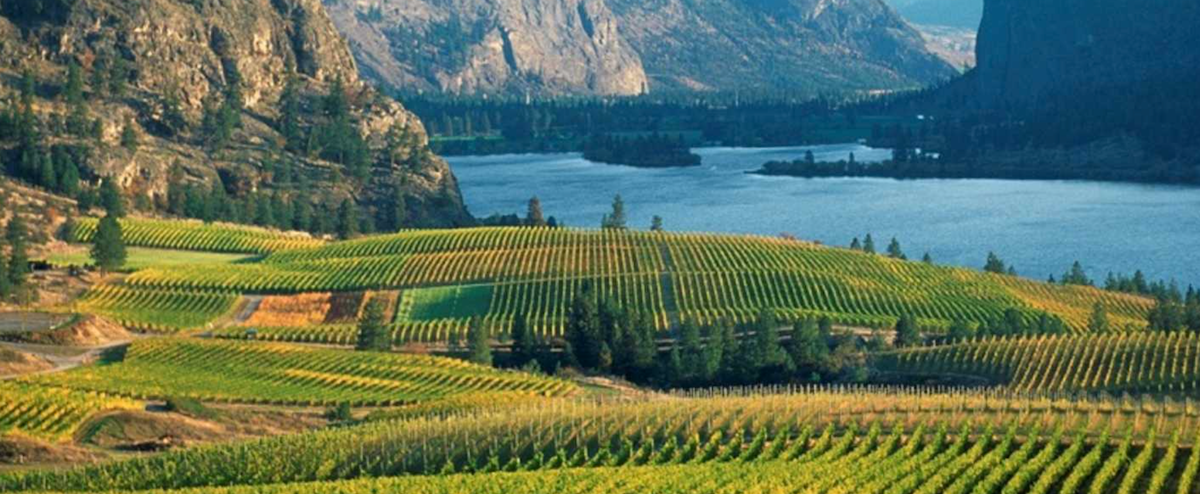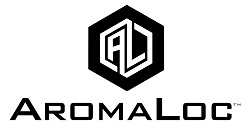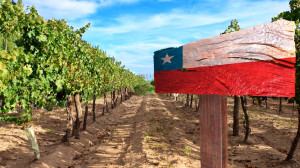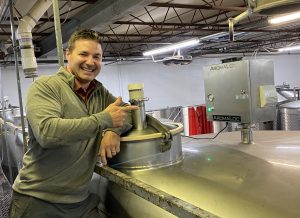Vintners everywhere are looking to produce better quality wines that are sustainably made to keep their vineyards and bottom lines healthy.
I was having a conversation with a Napa-based American colleague the other day. At one point he paused and said, “It seems strange such an industry-changer like AromaLoc originated in Canada, of all places!”
At first blush, that seems a perfectly valid observation. Here’s some context.
AromaLoc was born in British Columbia’s Okanagan Valley. There are 11,000 acres under vine in BC, and another 17,000 acres in Ontario.
By contrast, France’s Bordeaux region alone has more than 280,000 acres planted. California, my wine industry friend’s home state, boasts 635,000 acres of wine grapes. Chile accounts for 220,000 acres planted — there are more vineyard acres under cultivation in Chile’s Maipo Valley alone than in all of Canada.
The model for Canadian wine producers is New Zealand, like Canada, a relative lightweight among the world’s wine-producing heavyweights, with less than 100,000 acres under cultivation. The Kiwi approach, focusing on quality — because they could never hope to compete on volume — is one echoed by more and more producers in North America’s most northerly wine producing regions.
In a recent article in The Globe & Mail, Christopher Waters notes:
“Canadian wineries have never and will never be able to match the best value brands made by large producers working in warm and dry wine growing regions. They will never have access to a surplus of locally grown, affordable grapes that can be scooped up to introduce a cheap brand to sell to restaurants or grocery stores the way that large producers in Spain, Portugal, and other countries can often do.
“The good news [for Canadian] winemakers, however, is premiumization continues to be a trend. Vintners everywhere are looking to produce better quality wines that are sustainably made to keep their vineyards and bottom lines healthy. Even countries, especially South Africa and Argentina, that are well known for their value-for-money selections are looking to export more premium priced wines.
“Winemakers across Canada have shown an ability to produce high-quality chardonnays, rieslings and sparkling wines, as well as cabernet francs, gamays, and pinot noirs that might not appeal to price driven consumers, but attract the wine savvy who opt to drink less, but higher quality products.”
As soon as I read Waters’ article, I realized he had provided the obvious answer to the question, “Why was AromaLoc invented in Canada, instead of Italy, Spain, France, Germany, or California?”
The reason is clear — AromaLoc’s unique, globally patented technology was developed in a region, in a country, where quality is often a matter of life or death for producers. And it’s precisely quality, the ability to easily improve a wine’s complexity, its character, its mouthfeel — and its aromatics — by preventing the escape of desirable aromas during fermentation, that is AromaLoc’s sweet spot.
The fact that AromaLoc’s 2021 WINnovation Award-winning tech is completely hands-off — nothing touches or interferes with the fermenting wine — is a nice bonus in a market where increasing numbers of consumers are looking for products made without additives or intervention.
Is AromaLoc a proof of the old saying, necessity is the mother of all invention? Regardless, in a small wine producing nation where quality matters, it’s no wonder AromaLoc calls the True North Strong & Free, Home Sweet Home.




